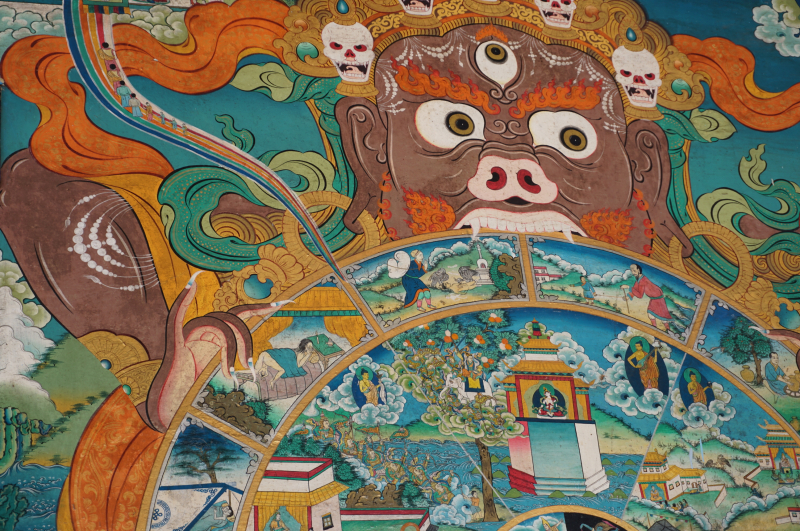Liberation from Samsara
The attainment of Nirvana, commonly understood as liberation from Samsara, is pivotal in Buddhism's understanding of death. Nirvana signifies absolute freedom from suffering, discontentment, and the ceaseless cycle of birth, death, and rebirth. This state marks the culmination of struggles and hardships embedded in mundane life. Buddhists strive for Nirvana as an avenue to transcend the inherent suffering and pervasive sense of dissatisfaction inherent in the samsaric cycle.
The cycle of samsara persists due to the interplay of karma, attachment, and ignorance. Achieving Nirvana entails liberating oneself from these entanglements. It symbolizes the ultimate liberation from the repetitive cycles of birth, aging, illness, and death, enabling individuals to transcend the limitations of the material realm.
Diverse Buddhist traditions present distinct avenues toward attaining Nirvana. Theravada Buddhism underscores personal endeavor and individual emancipation, whereas Mahayana Buddhism places heightened importance on compassion and the liberation of all sentient beings. Irrespective of the chosen path, the objective remains constant: attaining enlightenment and ultimate freedom.
In essence, the notion of Liberation from Samsara encompasses the paramount aspiration of Buddhists: to surpass suffering and the perpetual cycles of birth and death and to reach a state of impeccable tranquility, wisdom, and emancipation. This concept profoundly influences how Buddhists comprehend and navigate end, guiding their spiritual endeavors and shaping their perspective on the essence of existence.












